Making ‘Liquid Puppetry’
Just posted on Vimeo and YouTube is Liquid Puppetry, a short film I shot in 2013 and completed in 2014.
Before getting into its making, I strongly suggest watching it before reading any further, as the text below has obvious spoilers.
On Vimeo:
On YouTube:
Now then.
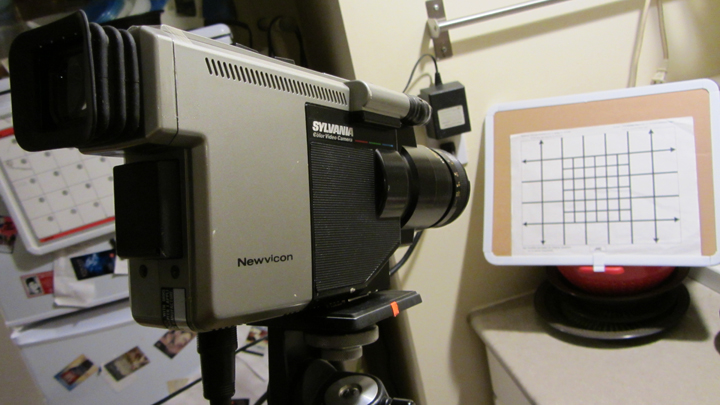
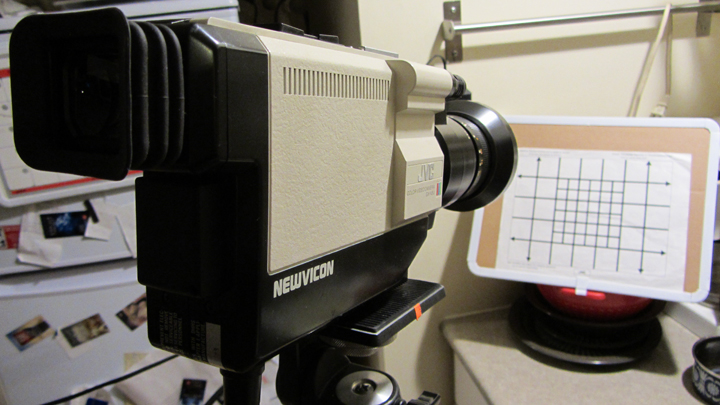
Way back in 2013 I bought a small camera, a Sylvania VCC-120BK01, which is essentially a re-badged JVC GX-N5U, and as the following featurette demonstrated (see end), the camera’s tube was producing a warped image.
A reply in the Videokarma forum offered up this explanation for what might be ailing the camera:
The vertical stretch at the bottom is caused by poor vertical scan linearity. The fault in the camera is a shrinkage of the scan near the bottom, which produces the opposite effect in the image. I’d suspect a leaky capacitor somewhere in the vertical sweep circuit.
The camera also had a problem common to consumer-grade, single tube Newvicon cameras: greening tinting in the centre and corners of the frame, which I gather stems from misalignments, bad capacitors, a worn out tube, and / or the filter that knocks down the amount of bright light and isolates the light towards the tube’s centre.
Long story short, there is a method that can work with older black & white Vidicon cameras and (to some degree) remove burn spots – permanent dots created by hot light sources caught – which involves aiming the unfocused camera lens at a white sheet illuminated by a bright light. This supposedly wipes out spots over time (15-60 mins.) but is considered a last resort because it reduces the tube’s lifespan.
I tried a similar fix-it for the Sylvania, which sort of worked in ironing out the severe green, but it did reduce the camera’s ability to replicated clean blacks, making a closed aperture look more dark purple.
While aiming the camera at the white sheet, I noticed when anything was brought into the frame – like a hand – it resembled a globe of assorted colours. After fiddling with macro settings, I recorded to DVD a few takes of the hand motions, some up close, others a little farther from the lens. Colours were saturated somewhat using a Showtime Video Ventures Camera VV-770PP Color Processor.
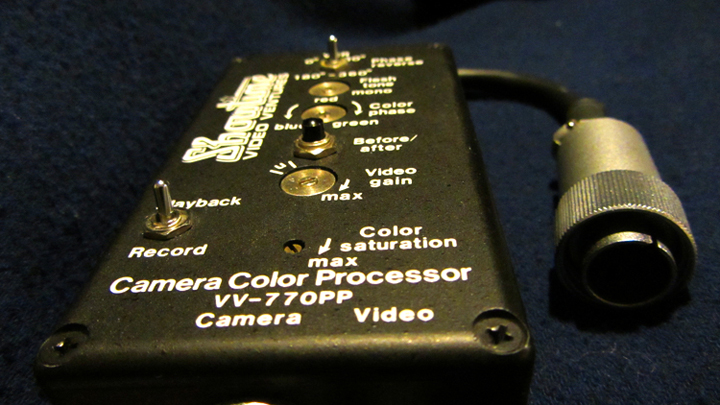
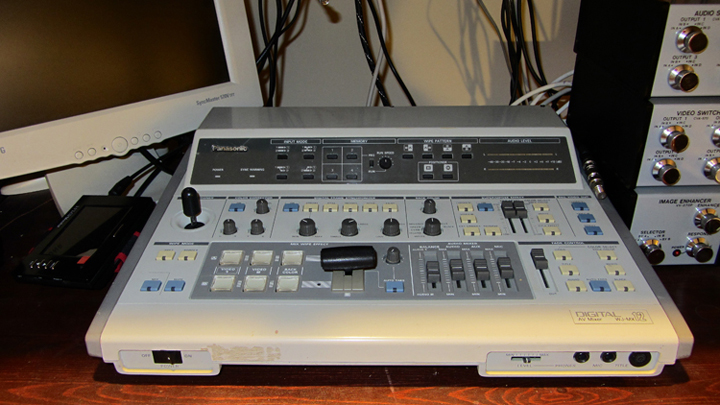
A few takes were also sent through a Panasonic WJ-MX12 mixer, and I applied a slight digital strobing effect to bring out the grain and make the images a bit more surreal. A few objects were also placed in front of the camera, but most of the movements come from hands and fingers recorded straight to DVD, and imported into Adobe Premiere CS5, where they were layered as dissolves.
No colour saturation was added within Premiere – whatever’s in the frame is just layered images from the DVD – and the project was mostly an editing and sound design exercise, with an arty narrative of setting up the camera, going into the camera, and seeing through its eye watery distortions before a snap ending.
The camera seen in the beginning is a second, identical Sylvania, so the film was 100% shot with that one model. Even the main titles stemmed from the primordial character generator built into the camera’s handgrip.
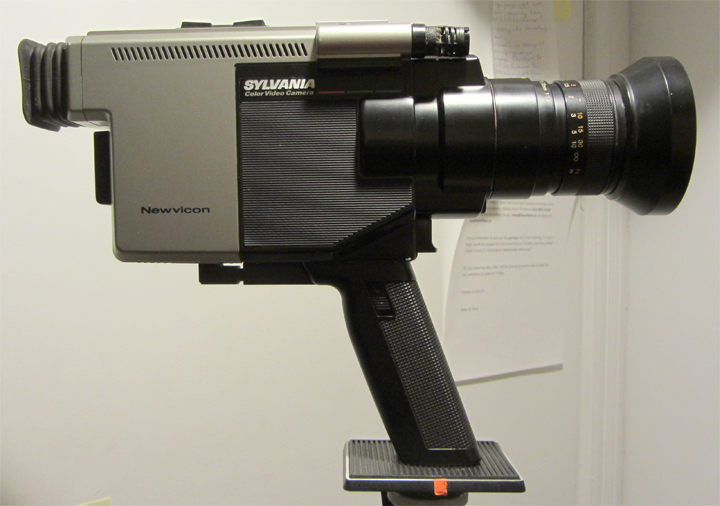

You roll through its internal library of alpha-numeric symbols, stop at what you want, and cursor to the next field and repeat. Highly tedious, but it enables the user to imprint captions on the recorded footage using classic eighties blocky text.
If my memory’s correct, the credits were shot with the aperture wide open, and light aimed at a pillow on a chair. Every time the camera was panned towards the pillow, the text was obliterated in one wave.
That footage went into the Color Processor and a Showtime Video Ventures VV-274B Image Enhancer to augment contrast, and add noise before going into the Panasonic mixer where it was turned negative.
The credits were overlaid onto the colour globs for the Main Titles, and onto greenish background noise. (This was generated by the mixer itself, and affected by different levels of digital strobing.)
The settings for getting the credits to appear dark on the footage included flipping the text negative, sharpening the contrast, and applying the Pin Light setting in the Opacity / Blend Mode section.
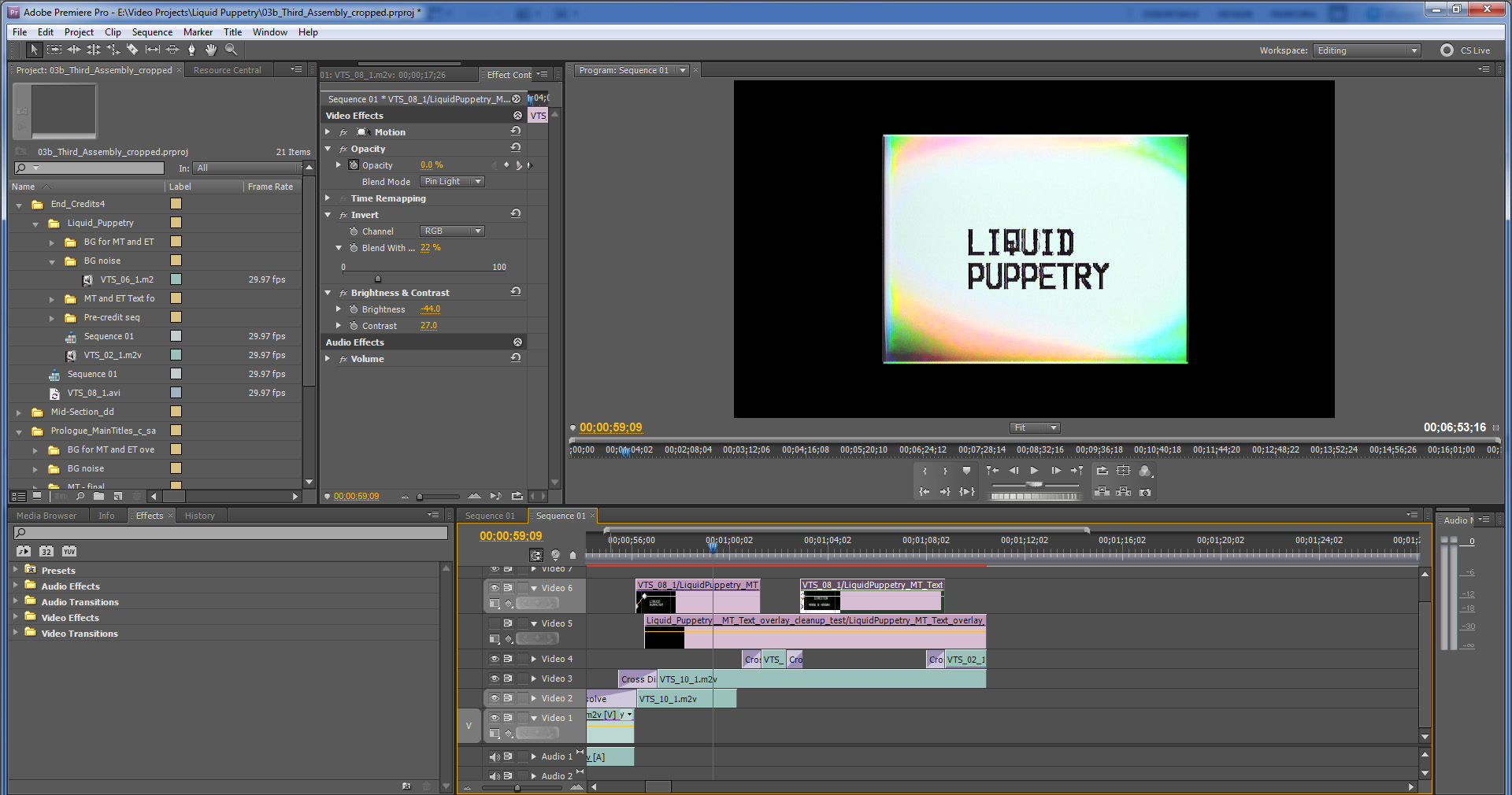
Lastly, that wipe you see is in-camera – it’s literally panning from a dark area where the text is visible to an illuminated pillow. This is called a serendipitous accident that was never planned, but discovered when the weight of the camera’s cable slowly panned the camera towards the chair.


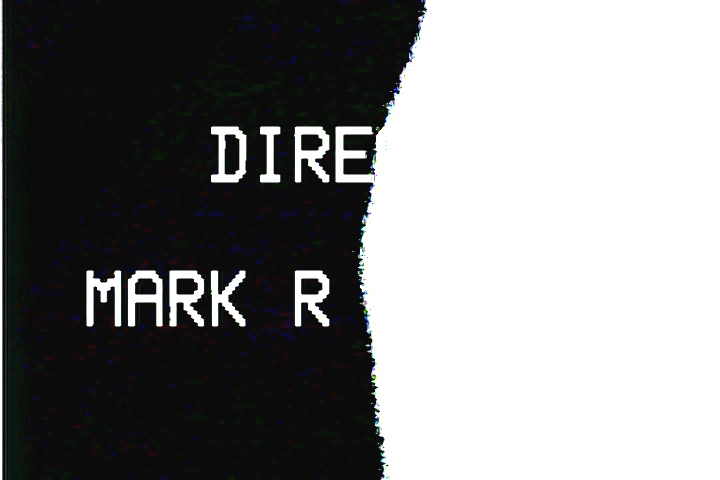
Wrapping up, the sound design is a blend of assorted water, wiping, dragging, thunking, and a few organic sounds processed in Sound Forge before imported into Premiere, plus some slight speed and volume adjustments. I’ll eventually do a 5.1 mix, but right now it’s just straight 2.0.

Sometime next week I’ll post links to a featurette on the Sylvania / JVC model, because while it’s a small, sturdy, relatively light camera, it’s also prone to serious electrical issues from its internally connected viewfinder. This makes it a doomed camera, in the sense that it’ll go bad a lot faster than much older cameras. The sad proof? The camera used to capture the weird colour globs now has a corrupted output.
Either due to bad design or cheap electronic parts, as neat as the camera may be, it doesn’t maintain electronic integrity as well as other consumer cameras. The featurette showcases what happens when a bad viewfinder mucks up an otherwise decent video camera.
Thanks for reading,
Mark R. Hasan, Editor
Big Head Amusements
